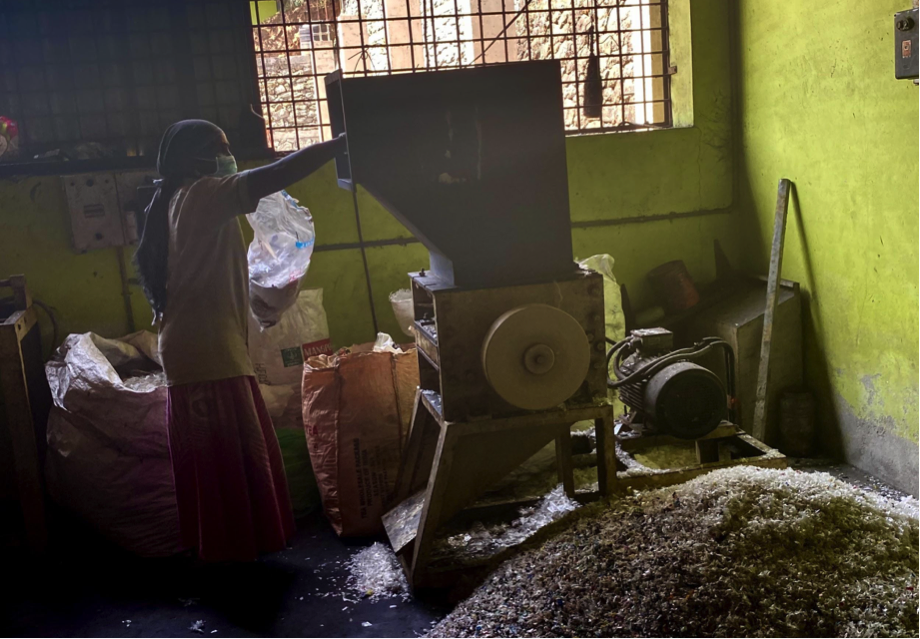By Ellie Stephenson
Bachelor of Arts and Bachelor of Advanced Studies III (Political Economy, Environmental Studies)
Like Australia, India has a three-tiered system of administration, with central, state and local level governments sharing responsibility for lawmaking and service provision. In India, the local level, made up of gram panchayats, is extremely important. Gandhi’s vision of post-Independence India was a nation fundamentally comprised of village councils. In the 1990s, the 73rd Constitutional Amendment Act enshrined the decentralisation of government, compelling states to empower local self-government. Gram panchayats collect tax, provide local services, and politically represent their localities. Ward members are elected every five years to make up the council, which in turn votes to elect a President.
Travelling through India has illustrated to me how instrumental gram panchayats can be in citizens’ everyday lives. Yesterday, we visited the Kumily Grama Panchayat and heard from the President, Sheeba Suresh. She discussed the importance of consultation with local wards in expressing communities’ issues and priorities, explaining that waste management and tourism are particularly pressing for the people living here.
These issues seemed particularly visceral when we went to the Thekkady waste management facility, which is run by the panchayat to manage local rubbish collection and processing. It is an award-winning approach to cleaning up the area which is now presented to other Panchayats around Kerala. We saw a number of ways of recycling different types of waste, from soft plastic which was shredded to add to road asphalt, to high quality compost which is sold to local farmers. Households and businesses sort their rubbish, which is then collected and taken to the facility. Even E-waste is accounted for, with the local government collecting it and a state government initiative, Clean Kerala, disposing of it. There is also a research unit which studies and refines the model. This program was a great example of the resourcefulness and progress which can occur through grassroots action complemented by state government initiatives.

The panchayat also has affirmative action provisions for women and scheduled castes and tribes. While earlier in our trip we learned about gender marginalisation in rural India, it was heartening to see that the President of Kumily Panchayat was female. Given the role of the panchayat in local life, this kind of representation provides a potentially very powerful role model.
All of this encouraged me to reflect on the role of municipality in development. One clear advantage of local self-government was the fact that initiatives could be tailored to a community’s needs, with research undertaken to adapt programs to local concerns. The proximity of the panchayat to its electors means that encouraging the community to participate in the waste management program has been successful. However, it also seems that such a system has its limitations. Two days ago, speaking with tea plantation workers, we heard about the hostilities between the Panchayat and the plantation company. Poor living conditions had persisted despite advocacy on behalf of workers by the Panchayat. This highlighted a limitation of decentralisation, whereby local political forces do not always have the strength to contest large-scale corporate power. It seems local governments can play an important role in innovating and providing direct representation of citizens’ everyday needs. However, this is most powerful when complemented by support from effective higher-level governance.

